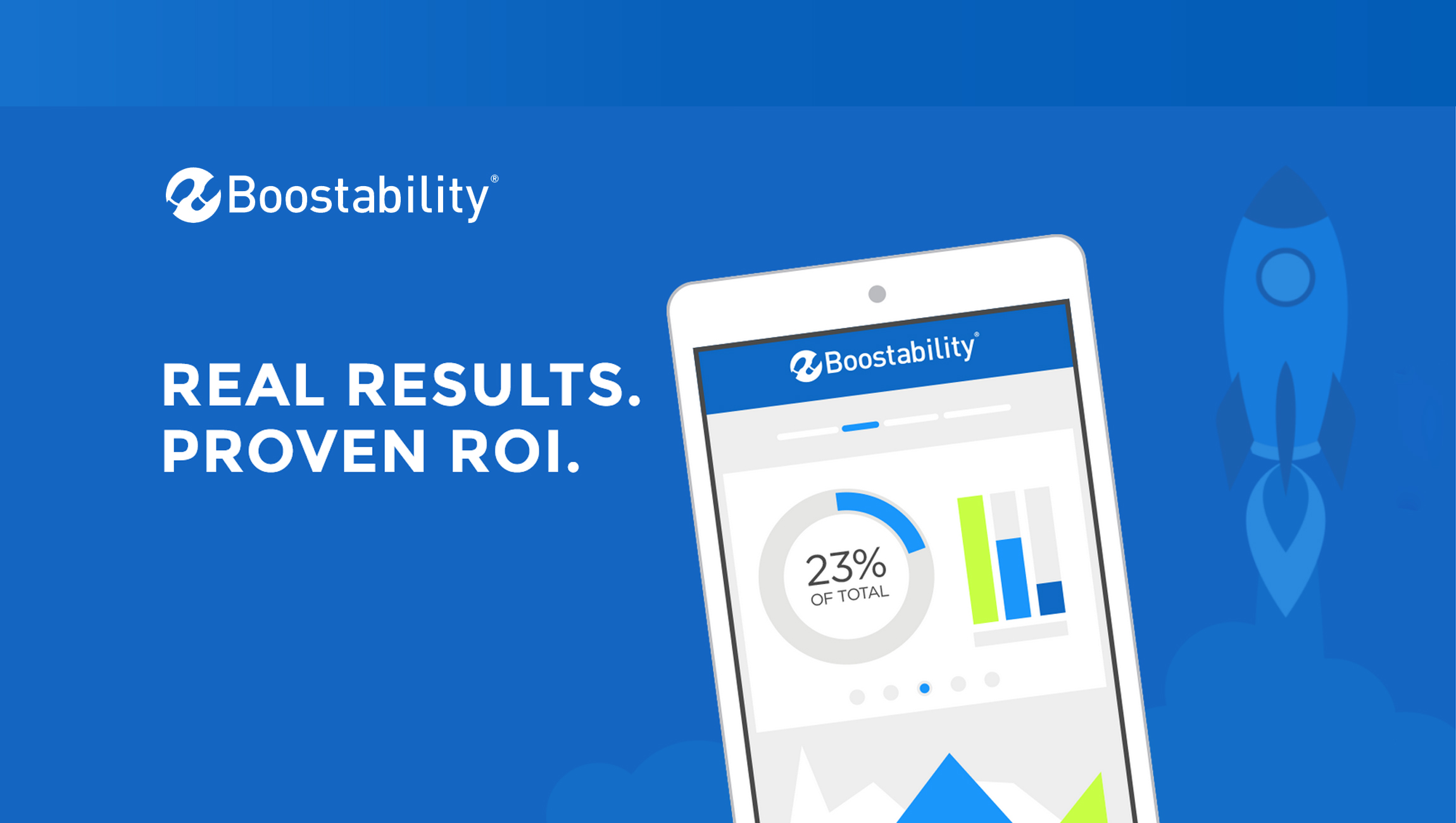Every minute, Twitter receives 100,000 new tweets. For brands looking to engage on Twitter, cutting through the constant stream of noise and acquiring a social following doesn’t come easy. But savvy marketers and media gurus understand the power of harnessing the platform to help grow their business and their personal brands. It can mean the crucial difference between building a direct connection with key audiences of influencers and being entirely left out of the conversation. But how do you break through the noise?
What businesses struggle to achieve early on, especially for startup brands, is getting people to believe that they are a real and thriving entity. On a platform with no barrier to entry and over 328 million users, it’s not always clear who is worth following. To solve for this, Twitter came up with an inventive remedy to set businesses and specialized users apart. Since 2009 Twitter has offered “verified accounts,” which adds a blue checkmark badge next to user’s name.
Exactly who and what gets verified has always been shrouded in mystery. Once you’ve made your case to be verified, it’s truly up to the Tweeting powers that be. From my perspective, being verified requires the following principles:
It’s about being trustworthy
As part of the verification process you need to prove that you are legit. This means expressing in concrete terms what you’ve built, what you have to say and why you matter. This can come down to having a specific POV, being considered a thought leader or having established status with an industry. It also helps if you are a Kardashian.
It’s about engagement and performance
You have to actually use the platform. No bots, no mindless retweets and no fake content. The upside to being a heavy users is that verified Twitter accounts will receive access to Twitter’s Analytics Dashboard to measure performance. How many people saw each tweet? How many followers actually clicked through your links? Though this information initially reserved for members of the advertising community, Twitter’s platform gives verified brands key access to insight about engagement levels and the effectiveness of their social media strategies.
It’s about what you’ve built
Few startup firms will be provided a verified account unless they are well connected or have produced a product or service which is wildly popular or revolutionary. Before applying for a verified account it is best to build a name for your business, appearing in news and other social media sites first before attempting to get a verified account. Verification helps with networking and pushing companies toward the forefront as a trusted option against the competition.
It’s about your reputation
Though Twitter has allowed accounts to be verified since 2009, the distinction was only granted to a select few with a high profile, such as politicians, musicians, top-tier journalists and anyone who runs the risk of being impersonated online. For many, the designation of being verified is largely symbolic, but also a defensive measure against the number of spam or impersonation accounts on the platform. Even the businesses whose profiles have been verified still receive impostors and they succeed in scamming people, either by selling knockoffs or extracting their information through phishing tactics.
Having the legitimacy of a check mark or badge next to a brand’s name helps underline necessary consumer-facing aspects, such as being reputable and trustworthy. For businesses looking to be impactful in their verticals and increase awareness and visibility, a verification will signal to users that you’re, in fact, the real deal.











